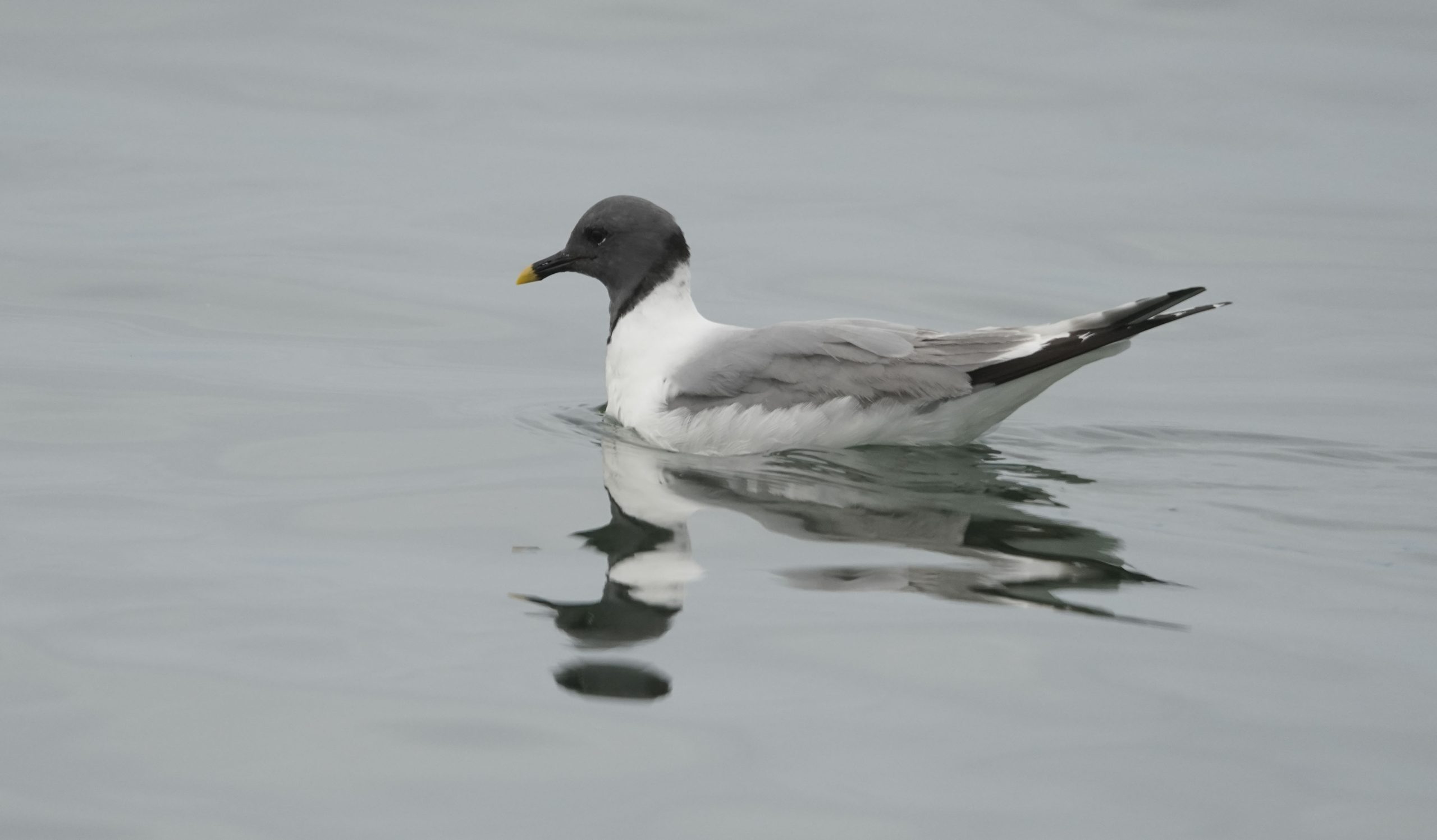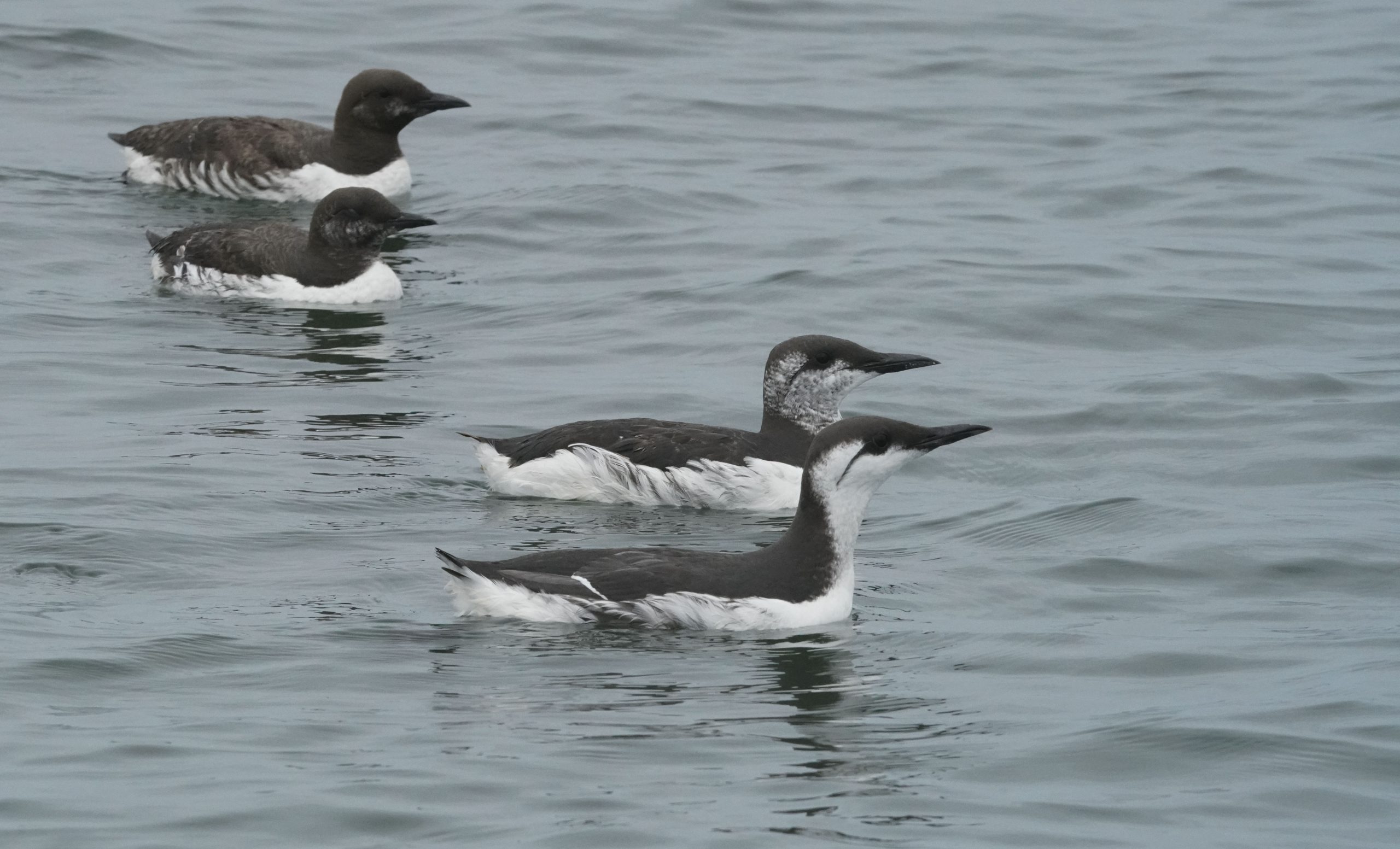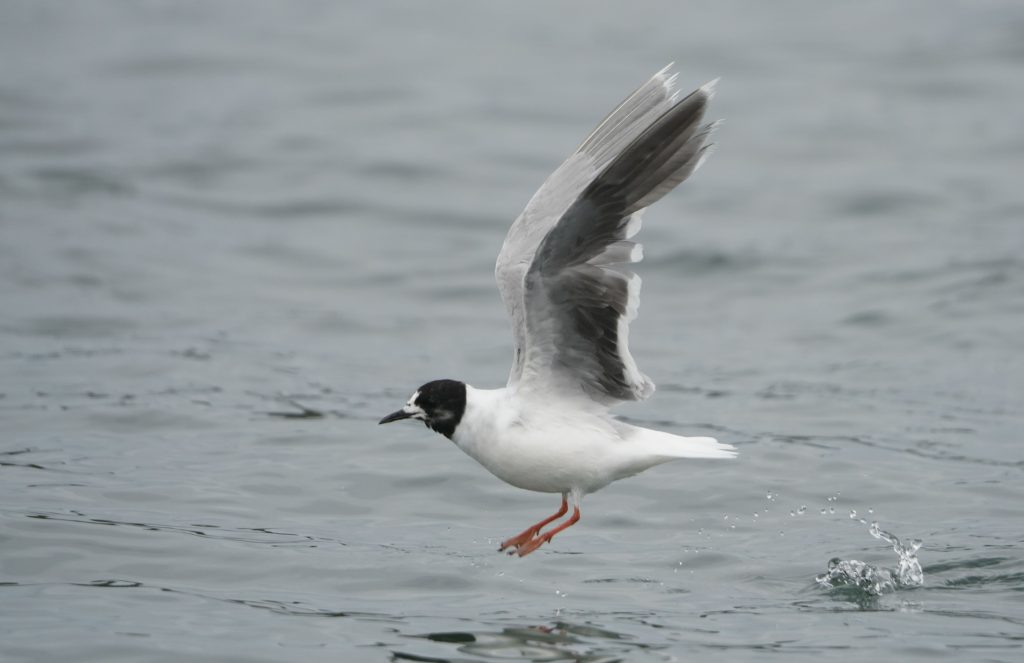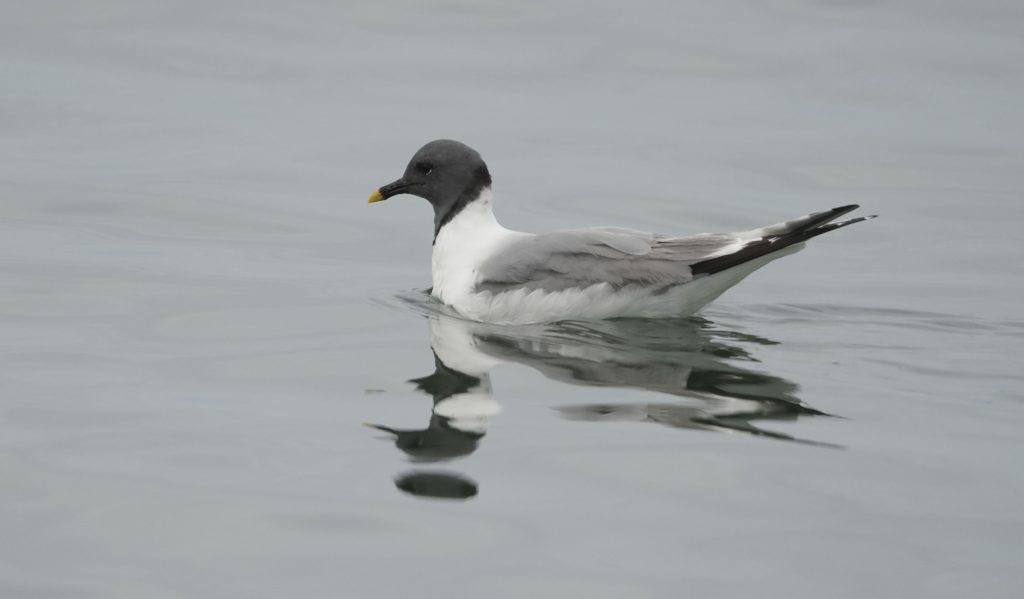
Seabirds of Passamaquoddy Bay
Chris Bartlett is a member of the Maine Sea Grant extension team.
Maine hosts several festivals each spring to celebrate the return of migrating birds that nest in northern areas of the continent. Ecotourism efforts focused on bird watching have been growing in the United States, contributing up to $41 billion to the US economy in 2021. A collaboration of organizations and businesses seized the opportunity to create a “fall” birding festival to showcase the variety and abundance of birds migrating south through the Passamaquoddy Bay region after breeding season.

“Birders are always on the lookout for rare species mixed in among the multitudes. It’s like a treasure hunt for feathered gems.”
Maine Sea Grant joined the Cobscook Institute, Maine Audubon, Eastport Windjammers, and enthusiastic volunteers to coordinate several trips for the “Downeast Migration Birding Festival” held from August 18-20. The event provided participants the opportunity to see and learn about many of the shorebirds and seabirds in eastern Washington County, as well as how bird populations have changed in the area over time.

The abundance and diversity of birds during fall migration can be impressive. Shorebirds congregate on the expansive intertidal flats and seabirds flock to feed in the strong ocean currents. I served as a guide on two of the festival’s boat trips and we tallied nine species of gulls that included over 2200 Bonaparte’s gulls, Chroicocephalus philadelphia. These small gulls nest in trees in northern Canada, and an estimated 20,000 pass through this region each year. Arctic terns, Sterna paradisaea, were also plentiful as they prepared for an impressive journey that can cover over 25,000 miles each year from the Arctic to the Antarctic. Common murres, Uria aalge, were seen everywhere along our travels through the bays, which is a strong indication that this species is increasing along the Maine coast. Common murres were hunted for their meat and eggs to such an extent in the nineteenth century that the birds were not seen in Maine for 125 years.
Birders are always on the lookout for rare species mixed in among the multitudes. It’s like a treasure hunt for feathered gems. One of our sought-after species was the little gull, Hydrocoloeus minutus, the smallest gull on the planet. Most of the global population resides in western Europe with several small nesting colonies reported around the Great Lakes and Hudson Bay.

We spotted two little gulls during the weekend, and for many people it was the first that they’d ever seen. But these rare gulls were trumped when festival guide Doug Hitchcox yelled, “Sabine’s gull at 2 o’clock!” The Sabine’s gull, Xema sabini, is a handsome bird with a slate black hood, yellow-tipped black bill, and tricolored black, gray, and white wings. Those seen on the Atlantic Ocean spend their winters on the southwest coast of Africa and they are not frequent visitors to our coast. There were lots of smiling faces when we returned to the dock.
More information about the 2023 Downeast Migration Birding Festival can be seen here, and a full list of birds seen during the festival is available on eBird at this link.
Posted 27 September 2023
